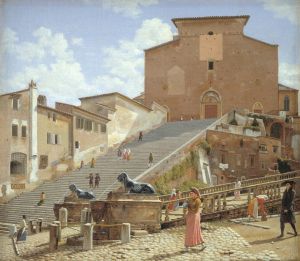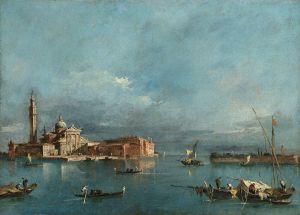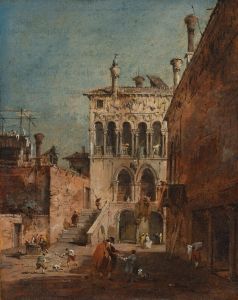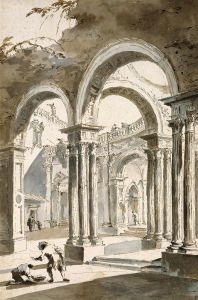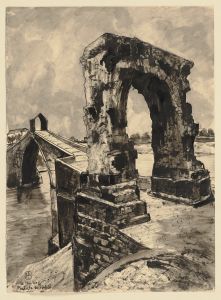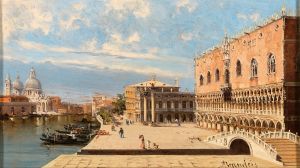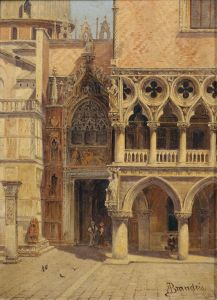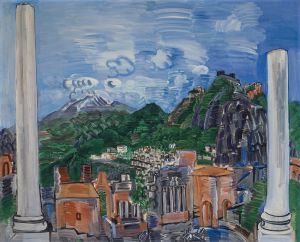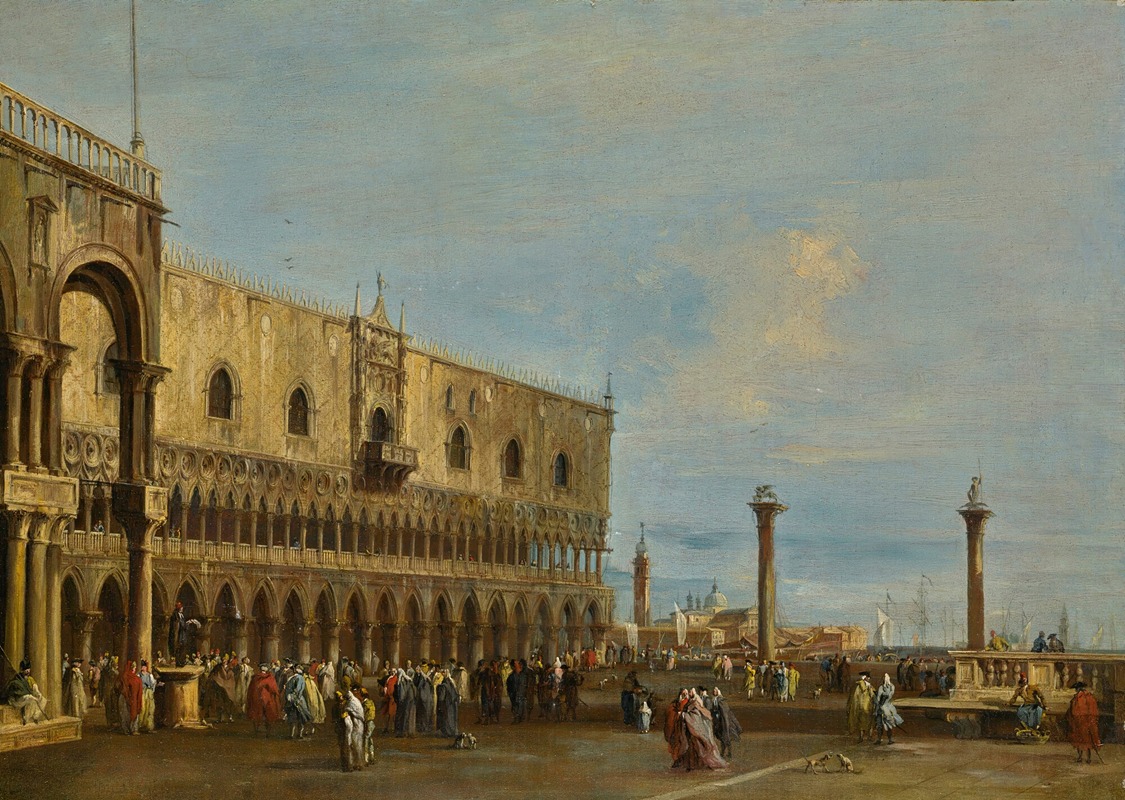
Venice, A View Of The Piazzetta Looking South With The Palazzo Ducale
A hand-painted replica of Francesco Guardi’s masterpiece Venice, A View Of The Piazzetta Looking South With The Palazzo Ducale, meticulously crafted by professional artists to capture the true essence of the original. Each piece is created with museum-quality canvas and rare mineral pigments, carefully painted by experienced artists with delicate brushstrokes and rich, layered colors to perfectly recreate the texture of the original artwork. Unlike machine-printed reproductions, this hand-painted version brings the painting to life, infused with the artist’s emotions and skill in every stroke. Whether for personal collection or home decoration, it instantly elevates the artistic atmosphere of any space.
"Venice, A View Of The Piazzetta Looking South With The Palazzo Ducale" is a painting by Francesco Guardi, an 18th-century Venetian artist renowned for his vedute, or detailed cityscapes. Guardi was a prominent figure in the Venetian school of painting and is often associated with the late Baroque and Rococo styles. His works are celebrated for their atmospheric quality and the ability to capture the essence of Venice during its decline as a major maritime power.
This particular painting depicts the Piazzetta, a small but iconic square in Venice that connects the larger Piazza San Marco to the lagoon. The view looks southward, with the Palazzo Ducale (Doge's Palace) prominently featured on the right. The Doge's Palace, a masterpiece of Venetian Gothic architecture, served as the residence of the Doge of Venice and the seat of government for the Venetian Republic. Its ornate façade, characterized by intricate stonework and pointed arches, is a focal point of the composition.
Guardi's depiction of the Piazzetta captures the lively atmosphere of the space, with figures engaged in various activities, such as walking, conversing, or conducting business. The painting reflects the bustling life of Venice in the 18th century, a time when the city was a hub of commerce, culture, and tourism. The artist's use of light and shadow, combined with his loose, fluid brushstrokes, creates a sense of movement and vibrancy, distinguishing his style from that of his predecessor, Canaletto, who was known for his more precise and detailed approach to vedute.
The painting also includes other notable architectural elements, such as the columns of St. Mark and St. Theodore, which frame the entrance to the Piazzetta from the lagoon. These columns are topped with statues of the city's patron saints and serve as iconic landmarks of Venice. In the background, the waters of the lagoon and the distant silhouette of San Giorgio Maggiore contribute to the depth and perspective of the composition.
Francesco Guardi's works, including this painting, are significant not only for their artistic merit but also for their historical value. They provide a visual record of Venice during a period of transformation and decline, capturing the city's unique charm and architectural splendor. Today, Guardi's paintings are held in high regard and are featured in major art collections and museums worldwide.





